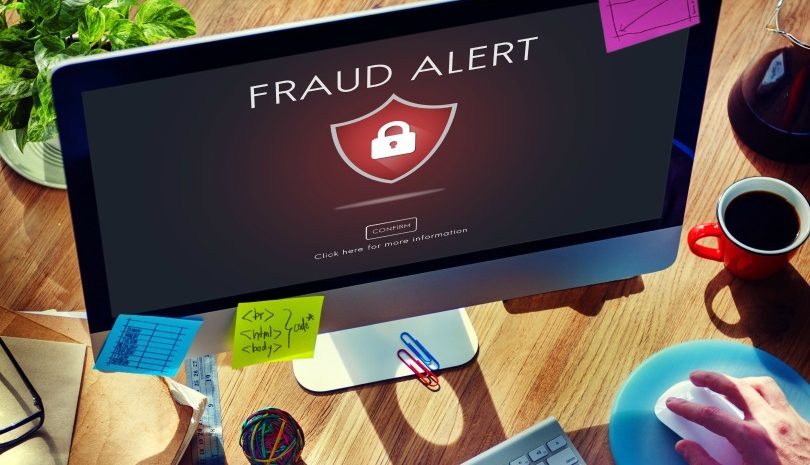The real cost of loyalty program fraud

By Suzanne Steele
An immense 71 per cent of the Australian population are members of at least one store loyalty program, according to recent research from Roy Morgan. That’s one per cent higher than credit card ownership numbers in Australia, shown in the most recent Finder survey.
This explosion of loyalty programs has provided marketers and retailers alike with rich data insights and a powerful customer retention tool. This information can quickly become a business’ most valuable asset, helping them to reach individual customers with products and services to fit their needs.
As with all valuable assets, it needs to be protected.
In Experian’s recent Global Fraud Report we identified the growing fraud risks for retailers, with three-quarters of loyalty programs having experienced fraud attacks globally. The report explains why the onus is on retailers to ensure loyalty offerings not only engage customers, but are safe and secure from fraudsters.
While the monetary implications of this fraud can be significant for businesses and customers alike, there are other losses that stem from fraudulent activity, which retailers also need to be aware of and take steps to protect against.
The rising fraud threat
There are many ways a criminal can obtain a loyalty customer’s login credentials, including data server breaches, malware or phishing programs. But what damage can a fraudster do if they obtain access to an account?
The average consumer has 25 online accounts, but only uses five or six passwords, research in the Global Fraud Report shows. For millennials this can be upwards of 100 online accounts with the same small set of passwords across those logins.
This means when a criminal gains access to data on one loyalty system, this exposes the customer’s personal details to identity theft and fraud of other online accounts like banking, online shopping or email by using the stolen login credentials.
So how large is the risk to Australian customers? A 2016 Australian Bureau of Statistics study found: “In the 12 months prior to interview in 2014-15, an estimated 1.6 million Australians experienced personal fraud, or 8.5% of the population aged 15 and over.” (ABS 2016)*
The Australian Federal Police in 2017, explained: “recent estimates by the Attorney-General’s Department indicate that identity crime costs Australia upwards of $1.6 billion each year, with the majority (around $900m) lost by individuals through credit card fraud, identity theft and scams. More alarmingly, identity crime continues to be a key enabler of serious and organised crime, which in turn costs Australia around $15 billion annually.”
Trust and loyalty go hand in hand
Consider what your typical loyalty program means to a customer, whether it’s used for purchasing their daily coffee or redeeming points for the holiday of a lifetime, loyalty programs represent the relationship and connection a customer has with your business. As with any relationship, if trust is broken the relationship is at considerable risk.
That’s why customers react to loyalty program fraud with outrage.
The Global Fraud Report shows that after falling victim to loyalty program fraud, 26 per cent of customers will cancel their rewards membership,17 per cent will stop doing business with the company and 37 per cent will tell others about their loss and the vulnerability of the loyalty program. Clearly, this type of fraud can be incredibly damaging to your business’ reputation and why defending your loyalty program against fraud is as much about brand protection as it is loss prevention.
Protecting against fraud
The best fraud protection technology helps businesses increase security and maximise profitability without impacting on the customer experience. In fact, customers shouldn’t even be aware of what’s happening behind the scenes to keep them safe.
Advances in fraud protection technology, including the evolution of behaviour analytics and device identification means that retailers can offer their customers greater protection, even if the fraudster knows their password. This sort of technology is scalable for all business types, and for a wide variety of purposes, from loyalty programs to e-commerce.
As fraudsters’ methods continue to evolve, the only way for businesses to protect their most valuable customers – their loyalty program members – is by taking a proactive approach to fraud protection.
Suzanne Steele is managing director of Experian Australia New Zealand.
*Australian Bureau of Statistics, 2016, Australian social trends, 4528.0 – Personal Fraud, 2014-15, viewed 10 March 2017, www.abs.gov.au/ausstats/abs@.nsf/mf/4528.0/
Comment Manually
You must be logged in to post a comment.

No comments